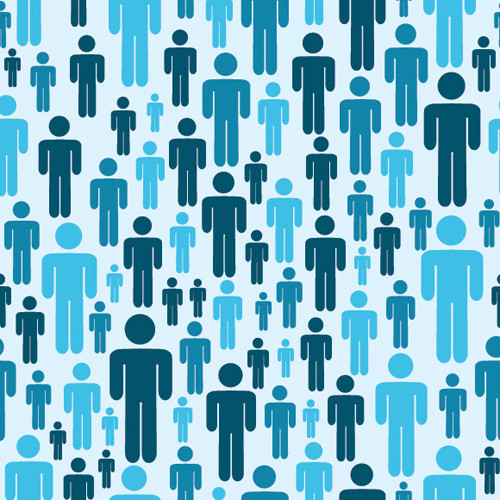Modern humanity is cursed by longevity.
Homo sapiens aren’t designed to live until 85; we evolved to last until maybe 40, at which point lions would eat us. By sticking around for as long as we now do, we’re experiencing often chronic, age-related conditions that hinder our quality of life. Compounding this are our increasingly sedentary lifestyles and poor diets. Is it any wonder that enduring ill health has become the normal human experience?

Health care as we know it today is predicated on the “bio-medical model”—it views us as individuals and suggests treating any disease, pain, or defect. But our health status is very much based on our life circumstances, making it social as well as individual. And not all disease, pain, or defects have treatments that people want.
Our unquestioning belief in the bio-medical model has created an over-reliance on a health care system that incurs wildly unsustainable costs. The United States is said to spend 18 percent of its GDP on health care—a staggering $3.8 trillion according to some calculations. The situation is just as acute in Canada and across Europe: Health care in these areas demands between 9-11 percent of GDP. This spending is slowly but surely crippling economies, and crowding out other important public services such as education and housing.
Something clearly has to change.
Let’s imagine for a moment that we don’t change. The health care industry will consolidate its position as one of the most important sectors of the economy, especially when it comes to job creation. This will make it “too big to fail,” and it will then be in our collective economic interest to ensure that the sector has enough ill health to treat. Do we really want societies that create sickness to drive job creation?
This is the mother of all catch-22s. In ageing societies, there is more demand than ever for care, and yet the unsustainability of health care systems means they cannot meet that demand.
When trying to think about health beyond health care, it’s useful to acknowledge that access to and quality of health care accounts for only 10-20 percent of premature mortality. The rest comes down to our genes, behaviours, social factors, and the environment. While genetics entrepreneurs convince venture capitalists that their field is the new panacea, calmer voices question its value. So the question becomes whether it’s possible to influence behaviors, social factors, and the environment to create health.
To start answering this, we need to adopt broader definitions of health—broader than the bio-medical model suggests. Ask the man on the street what he thinks about when it comes to his health, and you’ll hear public health messages learnt by rote: eat more fruit and veg, stop smoking, exercise more. But probe further into what makes people feel healthy, and a broader definition surfaces: financial security, a fulfilling career, the ability to function physically, emotional security, a sense of community, nourishing social interactions, and having meaning in life.
Some call this broader definition “subjective well-being,” and evidence is emerging that well-being is associated with survival at older ages. But given its promise, who is responsible for delivering it? Look back at the broader definition, and you’ll see that the answer is everyone: employers, government, friends, family, city planners, neighbors, and spiritual leaders. The problem with everyone being responsible is that no one is.
Let’s take a moment, though, and ask ourselves why we need health delivered to us. If well-being is subjective, who is better placed to devise interventions that create it than ourselves? It’s time to question the assumption that outside expertise, ideas, technology, and resources that are often alien to our communities will bring health to us. It’s time to believe that our communities have—or can nurture—what it takes to create health.
None of this is to say that we don’t need external experts. Of course we do. When I herniated a spinal disc, I needed a neurosurgeon not my local baker (though my baker’s handiness with a rolling pin contributes to my health and well-being in other ways). But these external experts have to see communities as experts in return, and they have to accept that the most important decision-makers are those who have to live with the consequences of decisions—community members themselves.
The role of community in well-being has always been a part of life, but currently, the health sector’s efforts to support that role—with a view to making it more systematic, knowledge-generating, and, ultimately, valued—are in their infancy. We’re still trying to refine how to devise interventions and evaluate whether they’ve worked. We don’t even know how to measure “worked” when what we’re creating is subjective and likely ever-changing. Nevertheless, it is critical that we develop a new discipline and approach to health so that one day any community can make informed choices about what health means to them and how they create it—whether that means funding a new MRI scanner or a local park.
If we don’t, we may as well release the lions.
Support SSIR’s coverage of cross-sector solutions to global challenges.
Help us further the reach of innovative ideas. Donate today.
Read more stories by Pritpal S. Tamber.

